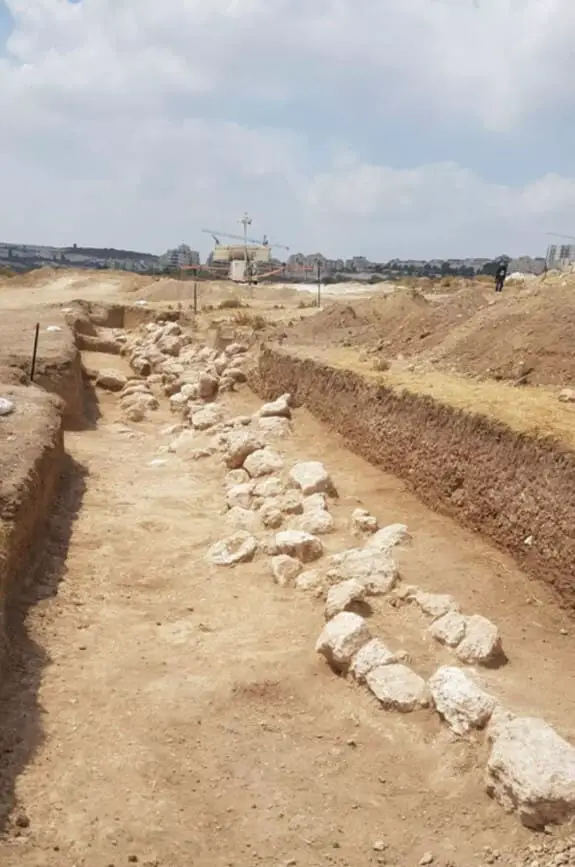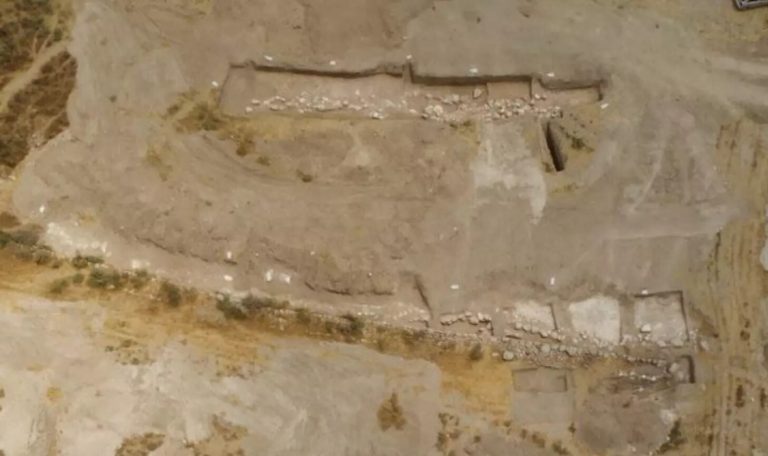Archaeologists have unveiled fascinating findings from a dig in Zanoah, a town mentioned in the Old Testament’s Book of Nehemiah. This town was resettled by Jewish exiles returning from Babylonian captivity. According to the Bible, these residents were descendants of those who had followed Moses out of Egypt and across the Red Sea into the Promised Land, Canaan.
During an excavation in July and August 2019, funded by the Israel Electric Corporation, a team led by the Israel Antiquities Authority discovered a clay jar handle with a “lmlk” stamp impression. This pottery item, dating back to the late Iron Age, was of high quality, fired at a high temperature. Alongside this, other handles with similar impressions and a white limestone cosmetic bowl were found. Some artifacts were also identified from the Early Byzantine era and the First Jewish Revolt.

One of the notable findings was a handle with a stamp reading “of the King,” likely honoring King Hezekiah’s reign in Judah around 701 BC. Hezekiah is a significant figure in the Bible, known for reopening the Temple of Solomon and destroying a bronze snake statue created by Moses. These discoveries suggest that Zanoah was an important site, potentially confirming some historical aspects of the Bible.

While the artifacts do not directly confirm the Exodus story, they do indicate Zanoah’s importance and its potential to provide further evidence in the future. Dig director Ya’akov Billig noted that many artifacts related to farming activities on the village slopes, highlighting the site’s historical significance in the Judean Shephelah region. The quantity and variety of finds underscore Zanoah’s role in the area’s lesser-known tales.




